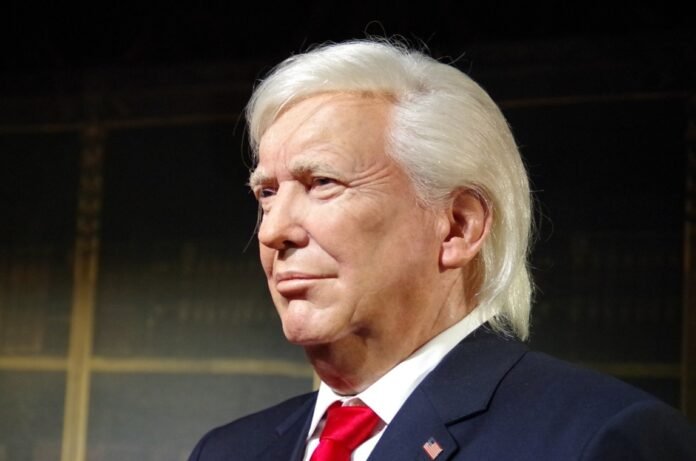DTTM Operations, the company that manages the intellectual property rights of Donald Trump, has filed an application for the trademark “TRUMP” for a possible launch of a metaverse, focusing on goods and services based on blockchain.

Summary
Metaverse and NFT: a new horizon for the TRUMP brand
The trademark application includes a range of blockchain-based products and services. Among these are access to NFT, the management of transactions in criptovalute, and software for virtual worlds. These elements suggest an interest in creating a platform in the metaverse, which could include digital collectibles with images, sounds, and videos of Donald Trump.
The metaverse represents a virtual world where users can interact beyond physical boundaries. If realized, Trump’s project could revitalize interest in tokens related to the metaverse such as Sandbox (SAND) and Decentraland (MANA), which have experienced a decline in interest since the peak of 2021.
Previous projects of Trump in the crypto world
Donald Trump has already shown interest in the crypto world by launching his memecoin TRUMP and an NFT collection. Some of these NFTs offer exclusive experiences such as access to private events with Trump.
Although the trademark application does not guarantee the launch of a product, it paves the way for new opportunities in the sector. The platform could include digital collectibles and other interactive elements related to Trump.

Conclusion
The initiative of DTTM Operations in the metaverse and NFTs could mark a new chapter for the Trump brand, combining technology and digital entertainment. It remains to be seen how and when this project will be realized, and if it will succeed in capturing the interest of the public in an increasingly competitive market. The question that remains is: will the Trump brand make a difference in the virtual world?
